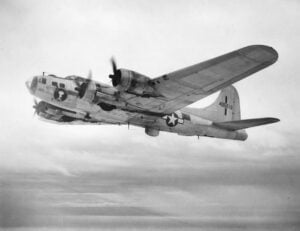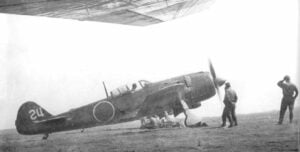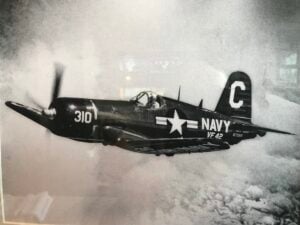How This Famous British Heavy Cruiser Was Sunk by a Measly Aircraft During WWII

Skynea History / YouTube
HMS Dorsetshire was the last of the County-class heavy cruisers, a series of ships built by Britain in response to the Washington Naval Treaty during the late 1920s. These vessels were crafted for versatility, with the ability to embark on long-range missions and engage effectively in both fleet battles and solo operations. Sharing design features with her sister ship, HMS Norfolk, Dorsetshire was commissioned in 1930.
In her early years, she carried out routine peacetime duties. Initially part of the Atlantic Fleet, Dorsetshire later transferred to the Africa Station. Throughout the 1930s, she was involved in training exercises and diplomatic missions, similar to other Royal Navy cruisers of that era, without any major incidents punctuating her early service.

The Hunt for the Bismarck
Dorsetshire’s most notable engagement occurred in May 1941 during the dramatic pursuit of the German battleship Bismarck. After Royal Navy battleships disabled Bismarck’s steering, Dorsetshire was tasked with sealing her fate. On the 27th of May, Dorsetshire closed in and successfully launched several torpedoes, two of which found their target.
Shortly after, Bismarck sank, concluding one of the most famous naval chases of World War II. Following Bismarck’s end, Dorsetshire was redeployed for a variety of tasks, including convoy escort missions and patrols against German raiders throughout the Indian Ocean and South Atlantic, where she aided in guarding against enemy commerce raiders and submarines.

Deployment in the Indian Ocean
By early 1942, Dorsetshire found herself in the Indian Ocean as part of British operations to combat the rising threat of Japanese naval movements. With the attack on Pearl Harbor escalating tensions in the Pacific, Japan swiftly advanced through Southeast Asia. Thus, the British Eastern Fleet, including Dorsetshire, was tasked with securing critical maritime routes and deterring Japanese efforts to sever Allied supply chains.
In April 1942, Admiral Nagumo led a daring Japanese carrier task force operation against British bases in the Indian Ocean. During an attack on Colombo, Ceylon (now Sri Lanka), Dorsetshire and her escort, HMS Cornwall, were commanded to retreat but ended up trailing behind the main fleet.

The Sinking of HMS Dorsetshire
On April 5, 1942, Dorsetshire and Cornwall were detected by Japanese reconnaissance aircraft in the Indian Ocean, west of Ceylon. Lacking air cover, they became easy targets. Within hours, dive bombers from the carriers Akagi, Soryu, and Hiryu descended on them. Despite attempts to duck and dodge the assault by accelerating and executing sharp maneuvers, Dorsetshire was dealt crippling blows by the precise bombing.
The damage was catastrophic, with immediate fires and widespread flooding rapidly compromising her integrity. Within a mere 15 minutes, Dorsetshire was lost; Cornwall met a similar end shortly after. Though many crew members were rescued, the attack claimed the lives of over 400 sailors from the two ships. This grim event starkly showcased the devastating power of carrier-based air attacks, signaling a pivotal shift in naval combat for the remainder of the war.

Legacy
The demise of HMS Dorsetshire underscored the evolving dynamics in naval warfare. From her participation in securing one of Britain’s significant naval victories during the Bismarck chase to becoming a casualty of air power, Dorsetshire’s saga highlighted the emergent dominance of aircraft carriers over traditional surface ships. It also exposed the heightened vulnerability of warships lacking air support—a critical lesson that shaped subsequent naval strategies.
Despite her end, Dorsetshire’s service exemplified the Royal Navy’s extensive wartime actions, spanning from battling German warships to protecting British interests in global waters. Her final encounter reinforced the increasing necessity of air superiority, an insight that significantly influenced naval disputes in the years to follow.





















